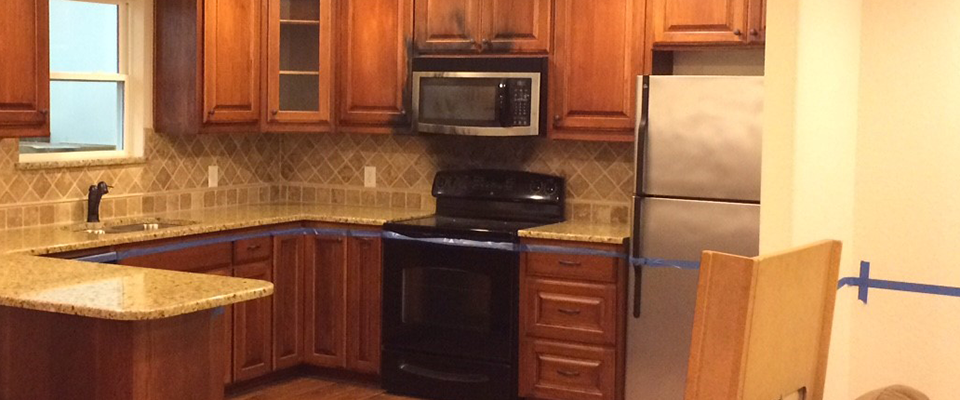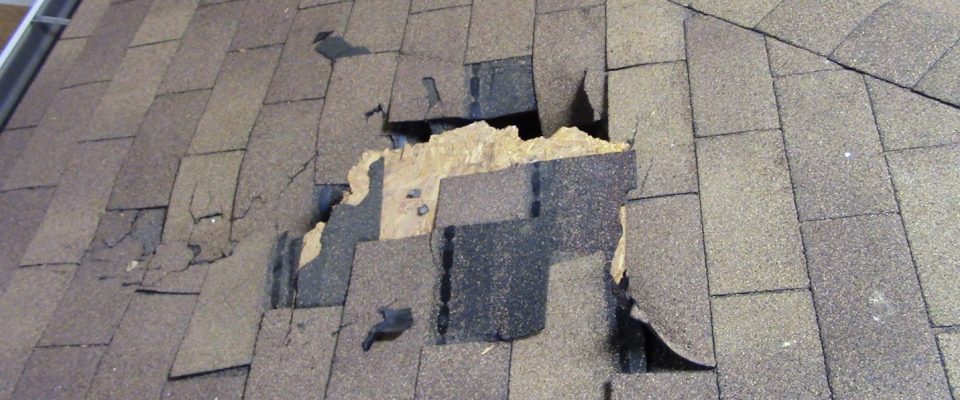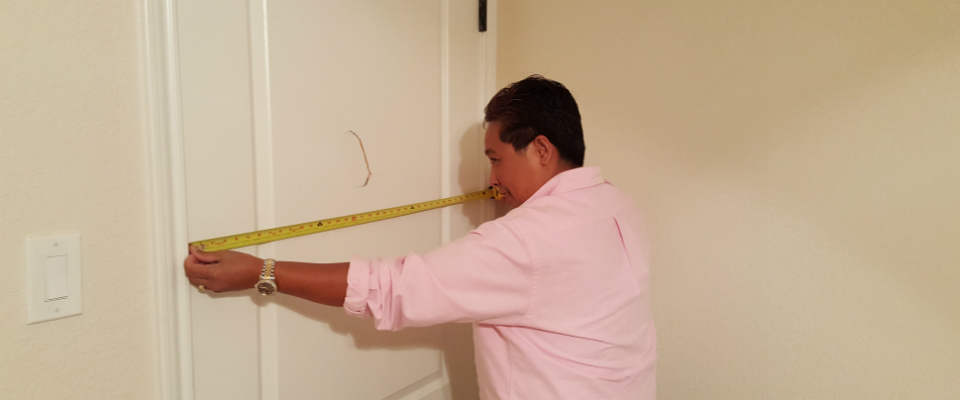Vale is now offering select courses with a hybrid option*.
We offer the property adjusting course with a live/hybrid option once per quarter. The format allows for the initial portion to be virtual with the final week to be classroom-based. The live classroom sessions will be hybrid. We will broadcast all live sessions to participants following our current virtual delivery protocols. This reflects interest in travel cost savings, learner scheduling challenges and the efficiency of having some production time retained by the virtual attendees.
The Property Adjusting course is delivered virtually most months but once per quarter we offer a hybrid option. The hybrid format allows for the initial portion of the course to be delivered virtually with the final week providing an option for students to continue virtually or join us at our Arlington, TX facility to experience our claims house, framing displays, mock-ups and classroom materials. Students choosing the classroom-based delivery will travel to our Arlington, TX facility to get hands-on training along with extra time with the instructor.
*Hybrid option – Student chooses in the final week of the program to continue with the virtual format or travel to or Arlington, TX facility to experience live, hands-on training. Lunch will be provided each day for students.
Course description
An intensive three-week course on property insurance coverage, property claims adjusting, and scoping and estimating residential dwelling damage. It is designed for entry-level and experienced students who must be able to understand and apply policy language from standard Homeowners and Dwelling policies as they relate to investigating and handling property claims.
The course includes the application of construction estimating concepts to residential building damages. Students prepare estimates on the latest versions of the industry’s leading electronic estimating systems.
Strong emphasis is placed on learning how to read and apply the language in the ISO Homeowners (HO3) policy. Throughout the course, coverage application and structural estimating are integrated using workshops and claim scenarios to challenge the students to apply what they learn.
The student will learn to prepare damage estimates on their choice of electronic estimating systems, practice reporting and produce statements of loss just as they would in the real world of property claims adjusting. Arson, fraud, documentation techniques, reporting formats and good faith handling are also emphasized.
Upon successful completion the student will have the skills to analyze and apply property coverages, be able to investigate the cause of loss, prepare an electronic estimate, prepare a report package and negotiate and settle property losses.
Audience:
Entry-level adjusters and claim service representatives who will be assigned property losses involving Homeowner, Dwelling, and Condominium policies. Individuals with limited experience who will become catastrophe adjusters handling weather-related property losses resulting from hail, wind and/or water damage.
PreReqs:
Attendees must be capable of operating Windows-based programs. Sponsors will need to indicate estimating program selection at the time of Registration.
Syllabus:
Insurance Basics
Insurance Principles
Policy Structure
Provisions Common to Property Policies
Contracts
Elements of a Legal Contract
Distinct Characteristics of an Insurance Agreement
Rules for Interpreting policies
Property Coverages
Dwelling and Other Structures
Personal Property
Loss of Use
Additional Coverages
Selected Endorsements
Causes of Loss
Open Peril vs.. Named Perils
Analysis of Specific Perils
Court Cases
Adjusting Losses
Duties After a Loss
Determining Value and Loss
Apportionment of Losses
Resolving Coverage Issues
Negotiation and Settlement
Subrogation/Dispute Resolution
Investigation
Theft/Fraud Indicators
Photos & Diagrams
Projects
Workshops on Coverage
Loss Scenarios
Testing and Evaluation
Reporting
Documentation of Events
Captioned Reports
Statement of Loss Format
Good Faith Claims Handling
Avoiding Bad Faith
Structural Estimating Introduction
Material Identification, Scoping, Estimating
Diagramming, Trades, Tools
Rough Carpentry
Floors, Walls, Roofs
Interior
Plaster, Drywall, Ceilings, Paneling
Millwork
Trim, Cabinets, Countertops, Stairs
Doors, Windows, Glass
Types and Materials
Flooring
Wood, Tile, Vinyl, Carpet
Decorating
Paint, Wallpaper
Restoration, Deodorizing
Exterior
Siding, Trim, Soffits
Gutters, Fences
Roofing
Roof Styles, Materials
Measurements
Masonry
Concrete, Block, Brick
Chimneys, Stucco
HVAC
Types, Insulation, Ductwork
Plumbing
Rough and Finish
Water Heaters
Supply, Containment, Drain
Electrical
Service, Fixtures
Damages
Estimating exercises that cover damages resulting from fire, water, wind, hail, hurricanes, collision and ensuing losses.
Students who enroll in this course may use the latest versions of:
PowerClaim
Simsol
Symbility
Xactimate










